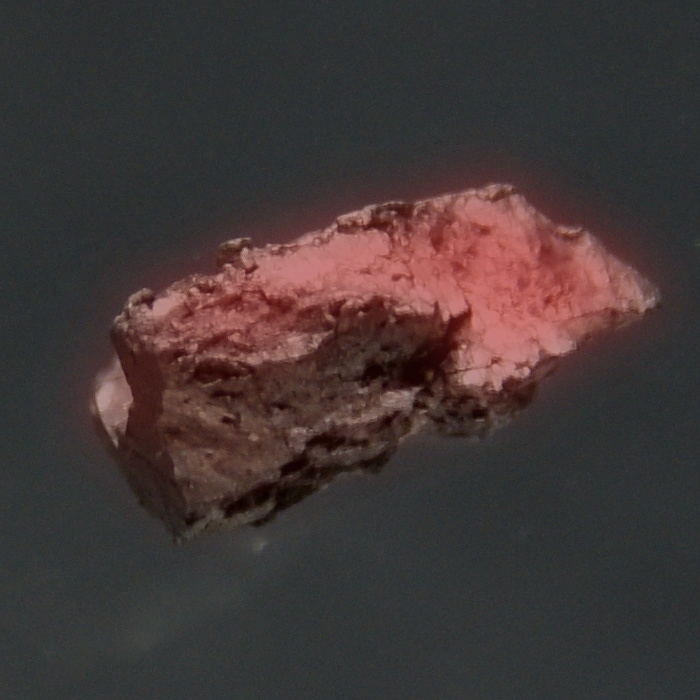Curium
96
Cm
Groep
n.v.t.
Periode
7
Blok
f
Protonen
Elektronen
Neutronen
96
96
151
Algemene Eigenschappen
Atoomnummer
96
Atomair gewicht
[247]
Massa Getal
247
Categorie
Actiniden
Kleur
Zilver
Radioactief
Ja
Curium is genoemd naar Madame Curie en haar echtgenoot Pierre Curie
Kristalstructuur
Eenvoudige Hexagonaal
Historie
Curium werd ontdekt door Glenn T. Seaborg, Ralph A. James en Albert Ghiorso in 1944 aan de Universiteit van Californië, Berkeley.
Het werd geproduceerd door plutonium te bombarderen met alfadeeltjes tijdens het Manhattan Project.
Curium metaal werd pas in 1951 geproduceerd door reductie van curiumfluoride met barium.
Het werd geproduceerd door plutonium te bombarderen met alfadeeltjes tijdens het Manhattan Project.
Curium metaal werd pas in 1951 geproduceerd door reductie van curiumfluoride met barium.
Eletronen per schil
2, 8, 18, 32, 25, 9, 2
Electronconfiguratie
[Rn] 5f7 6d1 7s2
Curium hoopt zich op in de botten, longen en lever, waar het kanker bevordert
Fysieke Eigenschappen
Fase
Vast
Dichtheid
13,51 g/cm3
Smeltpunt
1613,15 K | 1340 °C | 2444 °F
Kookpunt
3383,15 K | 3110 °C | 5630 °F
Fusiewarmte
n.v.t. kJ/mol
Verdampingswarmte
n.v.t. kJ/mol
Specifieke Warmtecapaciteit
- J/g·K
Overvloedig aanwezig in de aardkorst
n.v.t.
Overvloedig aanwezig in het universum
n.v.t.

CAS-nummer
7440-51-9
PubChem CID nummer
n.v.t.
Atoomeigenschappen
Atoomstraal
174 pm
Covalentiestraal
169 pm
Electronegativiteit
1,3 (Pauling schaal)
Ionisatiepotentiaal
5,9915 eV
Atoomvolume
18,28 cm3/mol
Thermische geleiding
0,1 W/cm·K
Oxidatietoestanden
3, 4
Toepassingen
Curium wordt voornamelijk gebruikt voor wetenschappelijke onderzoeksdoeleinden.
Curium is een veel gebruikt uitgangsmateriaal voor de productie van hogere transuranen en transactiniden.
De meest praktische toepassing van 244Cm is als α-deeltjesbron in de alfadeeltjes röntgenspectrometers (APXS).
Curium is een veel gebruikt uitgangsmateriaal voor de productie van hogere transuranen en transactiniden.
De meest praktische toepassing van 244Cm is als α-deeltjesbron in de alfadeeltjes röntgenspectrometers (APXS).
Curium is schadelijk vanwege zijn radioactiviteit
Isotopen
Stabiele isotopen
-Instabiele isotopen
233Cm, 234Cm, 235Cm, 236Cm, 237Cm, 238Cm, 239Cm, 240Cm, 241Cm, 242Cm, 243Cm, 244Cm, 245Cm, 246Cm, 247Cm, 248Cm, 249Cm, 250Cm, 251Cm, 252Cm